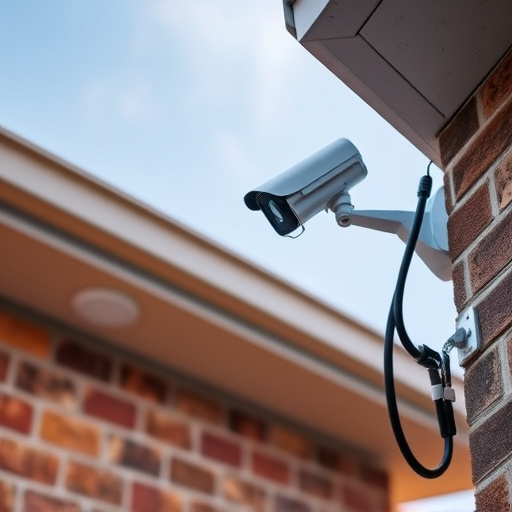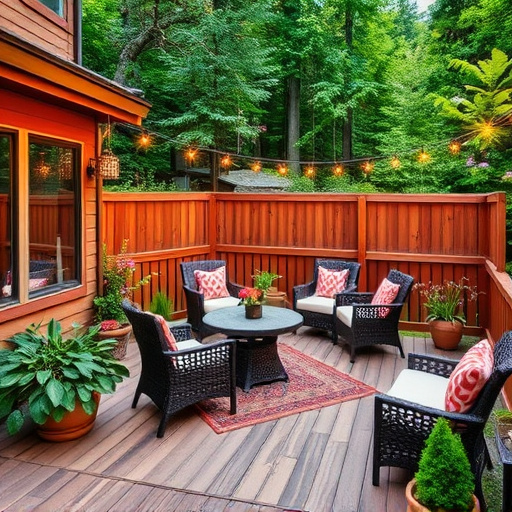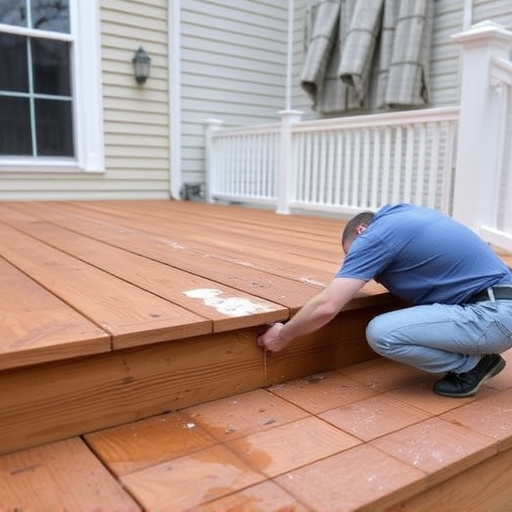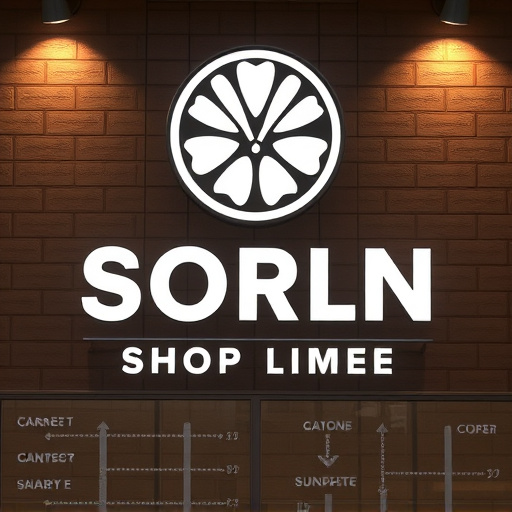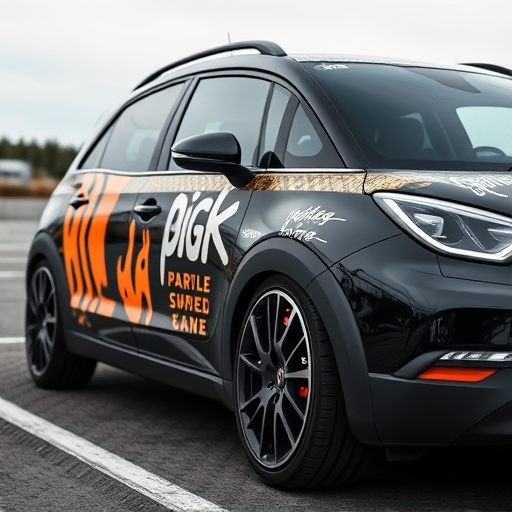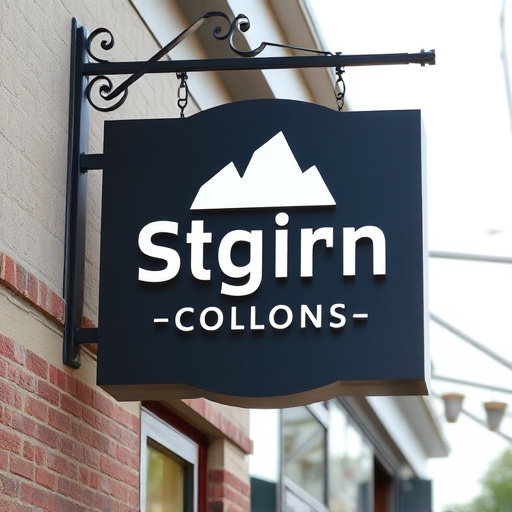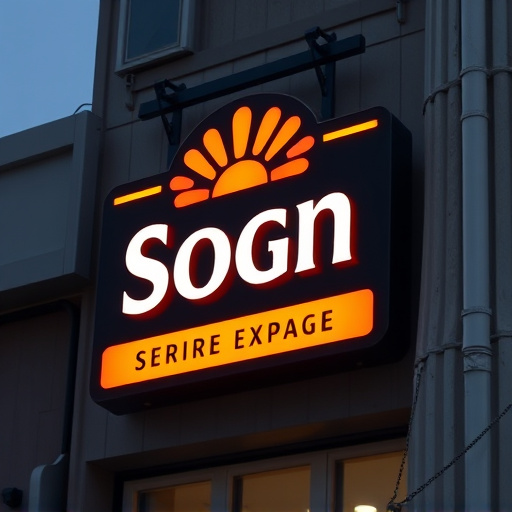Paint ceramic coatings stand out for their exceptional durability due to advanced chemical formulations with crosslinked molecules, ceramic particles, and resins that offer superior scratch resistance, UV protection, and water repellency. Nano-technologies have further enhanced their durability, providing gap-filling, anti-fog, and self-cleaning properties ideal for automotive applications like window tinting and paint correction. These coatings are resilient against environmental factors, preventing paint fading, brittling, and stains, making them popular choices for car customization and vehicle wraps.
Discover the secrets behind the durability of paint ceramic coatings. This advanced material has revolutionized protection for various surfaces, from cars to floors. In this article, we explore three key aspects: understand the molecular structure of ceramic coating, the impact of nano-technologies, and environmental factors contributing to its longevity. Uncover why paint ceramic coatings are a top choice for lasting protection and aesthetic appeal.
- Understanding Ceramic Coating's Molecular Structure
- The Role of Nano-Technologies in Durability
- Environmental Factors Enhancing Longevity
Understanding Ceramic Coating's Molecular Structure
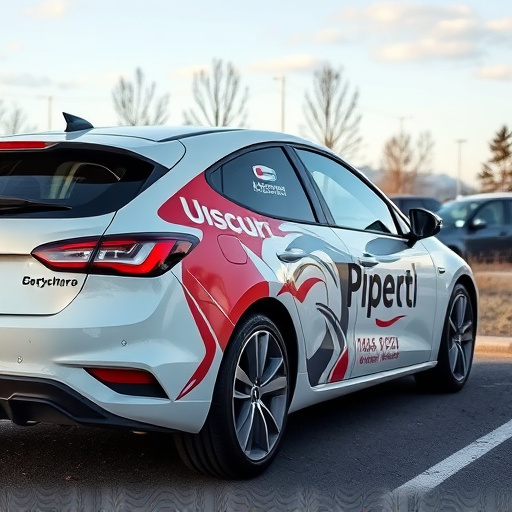
Ceramic coatings are renowned for their durability, a trait rooted deeply in their unique molecular structure. Unlike traditional paints, which offer a more porous surface that can chip and fade over time, ceramic coatings are designed to create an incredibly hard, smooth, and non-porous barrier on top of the substrate. This is achieved through advanced chemical formulations that result in crosslinked molecules, forming a solid network that locks in the coating’s properties.
The molecular structure of paint ceramic coatings incorporates ceramic particles and resins that work synergistically. These particles fill microscopic gaps, enhancing the coating’s hardness and resistance to scratches while the resins provide exceptional adhesion and flexibility. Additionally, this intricate structure is designed to repel water and other liquids, a feature particularly beneficial for automotive applications like window tinting and paint correction, as it helps maintain clarity and protect against UV damage, thereby enhancing heat rejection properties.
The Role of Nano-Technologies in Durability
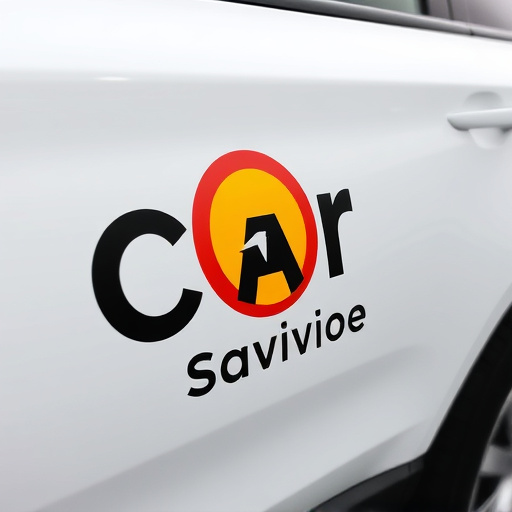
The advent of nano-technologies has significantly enhanced the durability of paint ceramic coatings. These minute nanostructures, measuring just a few nanometers, play a crucial role in fortifying the protective layers applied to various surfaces, including automotive finishes and architectural ceramics. Nano-particles can fill microscopic gaps and cracks, preventing water, chemicals, and UV radiation from penetrating the coating’s surface. This multi-layered protection acts as a shield, prolonging the life of the substrate beneath.
Furthermore, nano-technologies enable the creation of self-cleaning and anti-fog properties in paint ceramic coatings. These advanced formulations incorporate special nanoparticles that repel dirt and water, reducing the need for frequent washing. The same particles also prevent moisture buildup on surfaces, eliminating fogging issues commonly seen in car windshields and windows, especially during ceramic window tinting applications. This not only enhances visibility but also adds an extra layer of protection to the vehicle’s exterior, contributing to its overall durability and aesthetic appeal through car customization.
Environmental Factors Enhancing Longevity
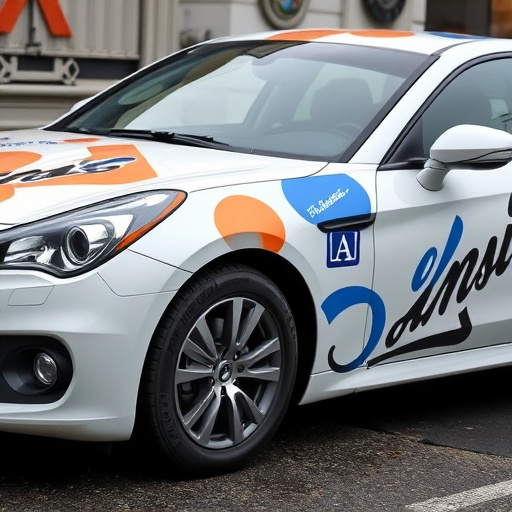
The durability of paint ceramic coating is significantly influenced by environmental factors. One of the key advantages of ceramic coatings lies in their resilience to harsh weather conditions. They offer excellent protection against UV rays, preventing the paint from fading or becoming brittle over time—a common issue with traditional paints. Extreme temperatures, be it scorching heat or freezing cold, don’t affect the integrity of the coating, ensuring your vehicle’s paint remains intact and vibrant.
Additionally, ceramic coatings provide a protective barrier against pollutants and stains, which can shorten the lifespan of regular paint jobs. These coatings are known for their water-repellent properties, repelling dirt, grime, and bird droppings, thereby reducing the need for frequent washing and maintenance. This self-cleaning ability not only saves time but also contributes to the overall longevity of the vehicle’s exterior, making ceramic coating a popular choice in car customization and vehicle wraps.
Paint ceramic coatings have emerged as a top choice for durable protection due to their unique molecular structure, enhanced by nano-technologies, and ability to withstand environmental stresses. The combination of these factors ensures that paint ceramic coatings remain vibrant and resilient for extended periods, providing excellent value for applications across various industries. By understanding the science behind these coatings, we can appreciate why they are considered a game-changer in durability.
